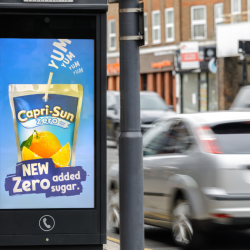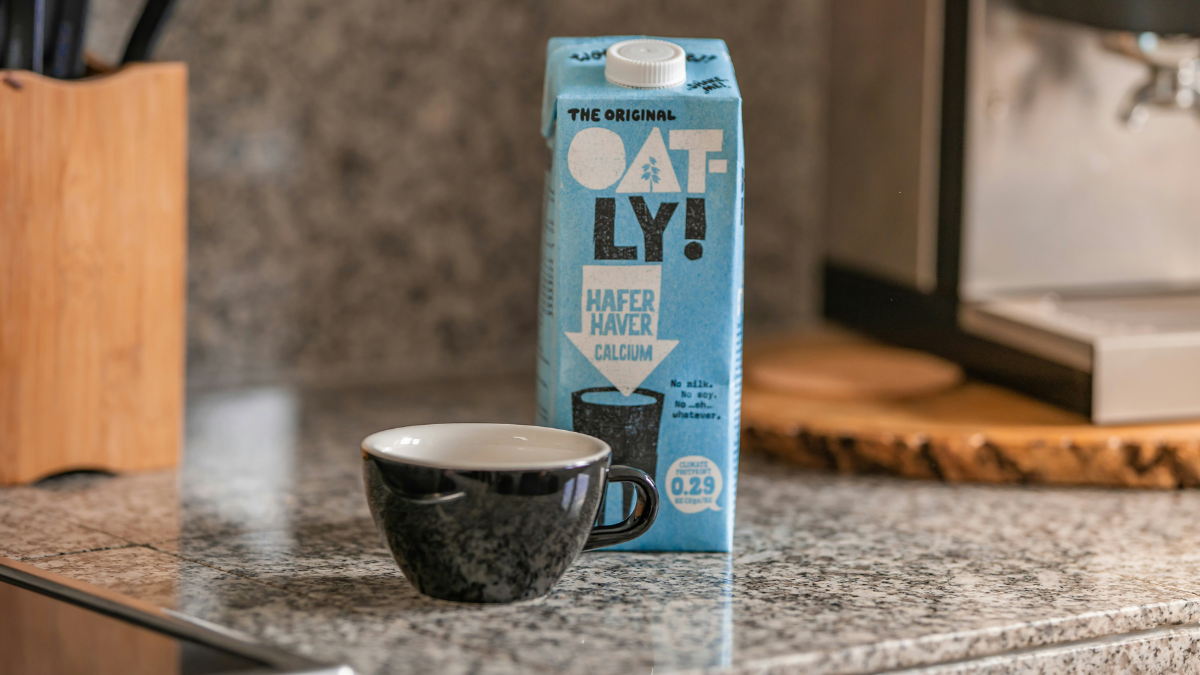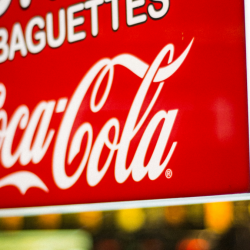Challenger brands are designed to disrupt markets, meeting consumer needs in innovative and unique ways. For startups aiming to redefine conventions instead of following traditional paths, becoming a challenger brand is almost inevitable. Being a challenger brand has its pros and cons, so it’s essential to tread carefully to make sure you’re steering things in the right direction.
Be a challenger, not a rebel
While it’s tempting to adopt the revolutionist tone and shake up conventions, this might not always be a good idea considering human nature to stick to the known. Don’t get me wrong, new ideas are great and move our world forward, but like most things in life, the process takes time and is better done gradually.
Think of more traditional industries, like healthcare and finance, where abrupt changes can cause uncertainty and resistance. Appearing as a complete challenger can sometimes backfire by alienating stakeholders and creating unnecessary friction, especially in traditional industries where even slight changes can be seen as challenging the status quo. By communicating their innovative approach in a more measured and strategic manner, while still distinguishing themselves from the competition, startups can build trust and acceptance, paving the way for sustainable transformation as challengers.
The medium is the message
We often think of challenger brands as those creating flashy advertisements and brilliant viral campaigns with hard-to-ignore quirky messages (some might say Burger King?). However, the medium itself — where and how a brand chooses to present itself — can be just as impactful. A cost effective, under-the-radar approach can often be more effective than traditional methods. For startups, placing your brand in unexpected places where competitors are absent can convey a powerful message without words. For example, Under Armour, one of the most interesting challenger brands, made a brilliant move by choosing Steph Curry to wear their basketball shoes. As a medium, Curry himself embodies the challenger brand ethos.
His unique characteristics — different from his NBA counterparts, not overly tall or athletic, yet incredibly intelligent, quick thinking, and exciting — mirror the essence of a challenger brand. His journey from underdog to MVP encapsulated the brand’s message, proving that the medium, indeed, is the message. This strategic alignment shows how the right medium can embody and elevate the challenger identity.
Challenger looks good on you
Sometimes it’s hard to see from the outside what’s different in an offering, so the way a brand presents itself, what they have to say, and how they look plays a critical role. I cannot think of a better example than Oatly. Even before tasting it, Oatly visually and verbally positions itself differently. Think of your supermarket’s alternative milk refrigerator. Oatly stands out with its unique look and clever identity, making it almost impossible to ignore, yet managing to maintain trustworthiness.
For startups, this demonstrates that if done right, being a challenger can be the main characteristic of a brand and a door opener. The way something looks can definitely change the way people think about it and their preferences. And what works for the physical shelf is also true for the virtual one. See, for instance, Notion, which introduces a sleek design with a friendly, conversational tone and ‘hand-sketched’ illustrations to make project management and note-taking more engaging. Or from the consumer side, HelloFresh started as a startup and employs a vibrant and friendly design with a conversational tone to make meal kit delivery services feel more accessible and enjoyable.
For startups, innovation is the foundation, but to truly stand out as a challenger brand, it’s crucial to strategically challenge market norms. By thoughtfully balancing disruption with gradual transformation, leveraging unique communication channels, and crafting a distinctive visual and verbal identity, startups can build trust, resonate with their audience, and pave the way for long-term success. Embracing these strategies enables startups to not only meet but redefine consumer expectations, solidifying their position as true market challengers.
Featured image: Leon Seibert / Unsplash































